ASCVD Risk Estimator Plus - ASCVD risk assessment & management
Transform cardiovascular health with personalized ASCVD risk assessments & tailored intervention plans for patients.
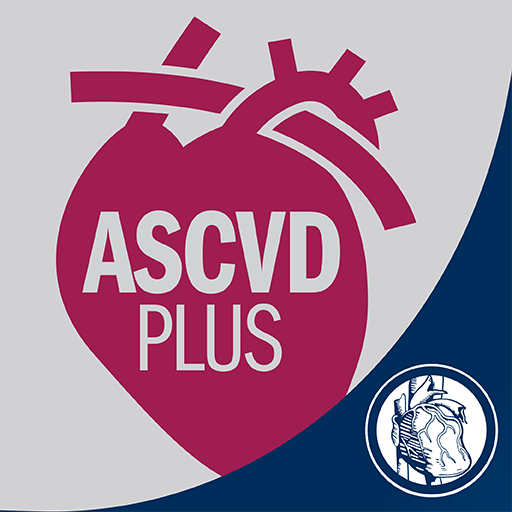
- 9.4.1 Version
- 1.4 Score
- 191K+ Downloads
- Free License
- 3+ Content Rating
The newly enhanced ASCVD Risk Estimator Plus integrates the latest scientific findings and input from users to assist healthcare providers and patients in crafting a tailored strategy for reducing risk, by evaluating and tracking changes in the 10-year ASCVD risk.
Utilize the application to:
• Calculate a patient's baseline 10-year ASCVD risk through the pooled cohort equation
• Obtain a personalized, risk-based approach to intervention
• Anticipate how specific interventions might affect a patient’s risk
• Facilitate discussions between clinicians and patients regarding the customization of an intervention plan
• Revise risk assessments at follow-up based on the patient's response to treatment using the Million Hearts Longitudinal model
The guidance provided by the app is based on various clinical guidelines concerning the primary prevention of cardiovascular disease and related health issues. The information and advice offered are intended to aid in clinical decision-making and do not constitute the only or the most effective method of care, nor do they substitute for professional judgment. Therapeutic options should be established following consultations between the patient and their healthcare provider.
Our History
In 1949, 13 cardiologists led by Franz Groedel, MD, MACC and Bruno Kisch, MD, MACC, founded the ACC, creating a professional home for cardiovascular clinicians seeking the latest science, research and cutting-edge education. Fast forward 75 years later and the College has evolved into a global cardiovascular leader, uniting more than 56,000 members spanning the entire cardiovascular care team around the shared Mission of transforming cardiovascular care and improving heart health for all.
The ACC celebrated its 75th Anniversary and its remarkable achievements throughout 2024 at its 75th Anniversary Gala on March 28, 2025 as part of ACC.25 in Chicago, IL. Read more about ACC's 75th Anniversary in Cardiology and explore the defining moments in history.
1949 to 1969
It was during the 1950s that the College introduced the concept of national meetings that brought together the cardiovascular community to meet with thought leaders in the field and present on scientific research. The first ACC meeting occurred in New York in 1951 and attracted more than 275 physicians. ACC President Bruno Kisch, MD, MACC, said that "for the first time in this country [the ACC would bring together] the clinician and scientist in common work and exchange of opinions … for the best of the suffering cardiac patient."

As these national meetings grew in size and popularity, the ACC held its inaugural three-day symposium at Peter Bent Brigham Hospital a decade later in 1961. Also that year, ACC President Eliot Corday, MD, MACC, sought and received federal funding for the first international circuit course to Taiwan and the Philippines. The U.S. Department of State saw immense value to these so-called "medical Peace Corps" and began underwriting some of the expenses of these educational endeavors. The program was so successful that over the next five years 44 countries were privy to 17 circuit courses.

In addition to live educational courses, the ACC also made it a goal to disseminate the latest cardiovascular information directly to its members. In 1958 the American Journal of Cardiology made its debut under the leadership of Editor Simon Dack, MD, MACC. This precursor to the Journal of the American College of Cardiology was well received and had approximately 6,000 subscribers within the first two years. Ten years later the College launched an audiotape journal called ACCESS (now called ACCEL) featuring recordings from the annual meeting, symposia and reviews of key articles from print journals.

The advent of a new law signed by President Lyndon B. Johnson establishing Medicare and Medicaid in 1965 caused the ACC to expand its focus to include advocacy in addition to education. That year the College moved from New York City to Bethesda, MD , in order to be closer to the National Institutes of Health and the nation's capital. Soon after, the College's Government Relations Committee formed and the ACC assumed an active role with legislators, advocating for physicians and their patients. A decade later, ground was broken for the ACC's Bethesda headquarters, dubbed Heart House by then President E. Grey Dimond, MD, MACC.
1970 to 1989
As cardiovascular research continued to take off throughout the 1970s it became clear that cardiovascular professionals needed tools that translated science into practice. The ACC and the American Heart Association (AHA) answered this call in 1980 by initiating a unique partnership to develop clinical guidelines. The first guideline on Pacemaker Implantation published in 1984. Since then, the two organizations have developed 23 guidelines with a total of 3,337 recommendations.
- Version9.4.1
- UpdateAug 20, 2025
- DeveloperAmerican College of Cardiology Foundation
- CategoryMedical
- Requires AndroidAndroid 7.0+
- Downloads191K+
- Package Nameorg.acc.cvrisk
- Signatureb5edf2c6a263a401f62c01c3bc6ccc82
- Available on
- ReportFlag as inappropriate
-
NameSizeDownload
-
8.42 MB
-
8.42 MB
-
8.86 MB


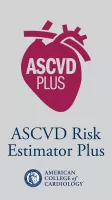
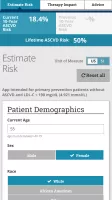
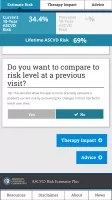
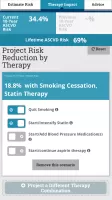
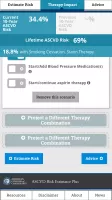

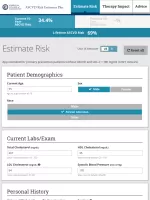
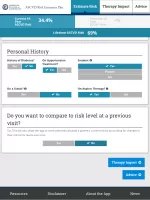

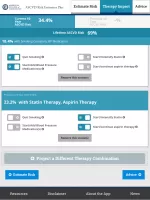


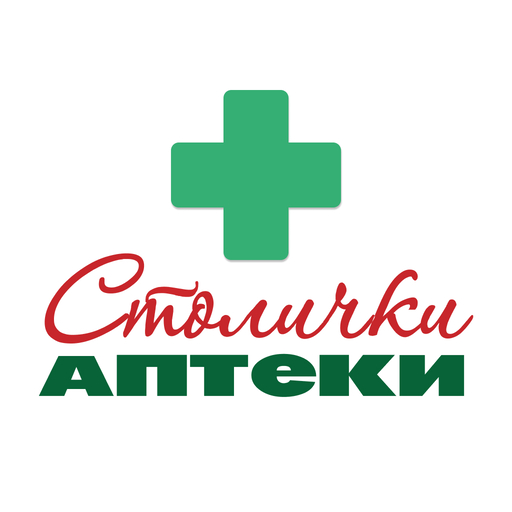











Comprehensive clinical decision support
Summarizes complex guidelines effectively
User-friendly interface for daily use
Provides great supplemental information on diet and exercise
Easy access to risk ratings and medication recommendations
Supports patient education through email results
Offers high accuracy in scientific content
Limited information on specific tests for risk levels
Lack of dosage guidance for medications
Not compatible for users over age 59
Cumbersome data entry post-update
Technical glitches causing crashes and freezes
Unusable with standard international unit options
Difficult navigation due to unintentional selection changes
Tedious conversion between measurement systems
Requires excessive manual input for cholesterol values